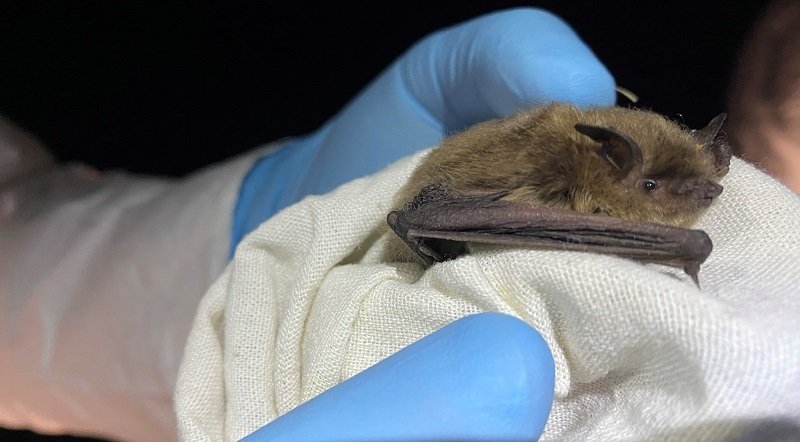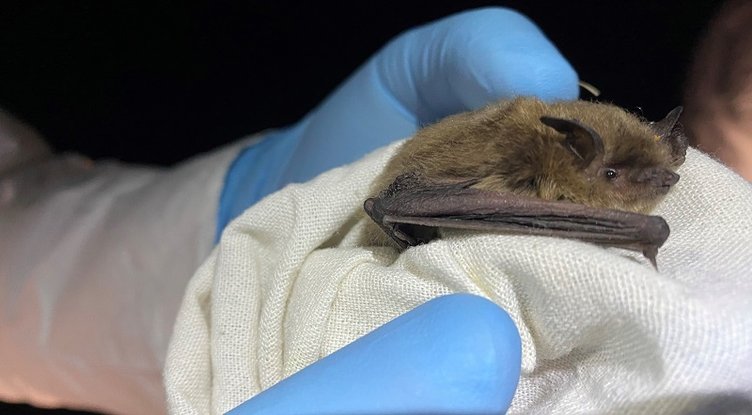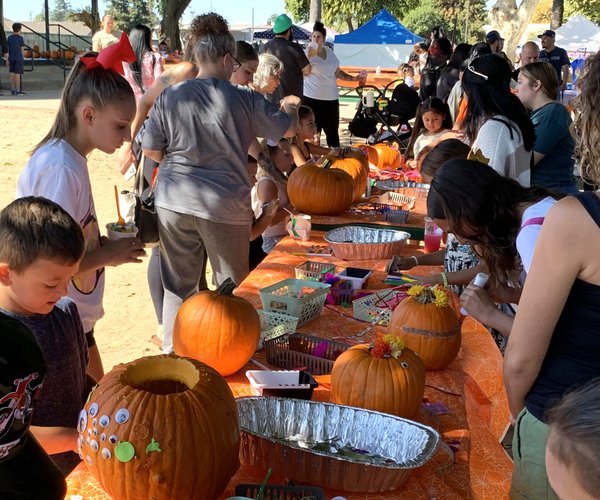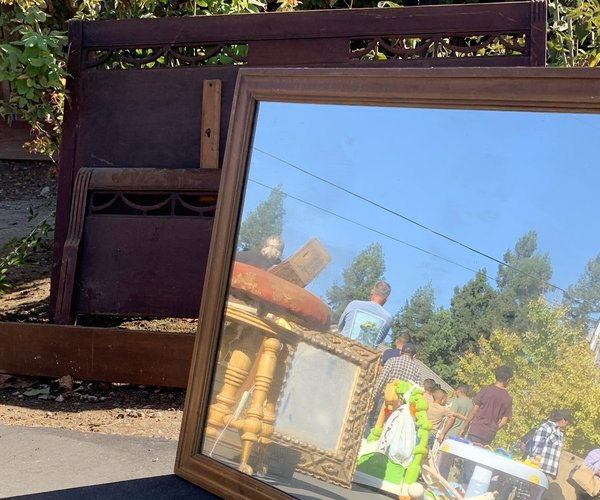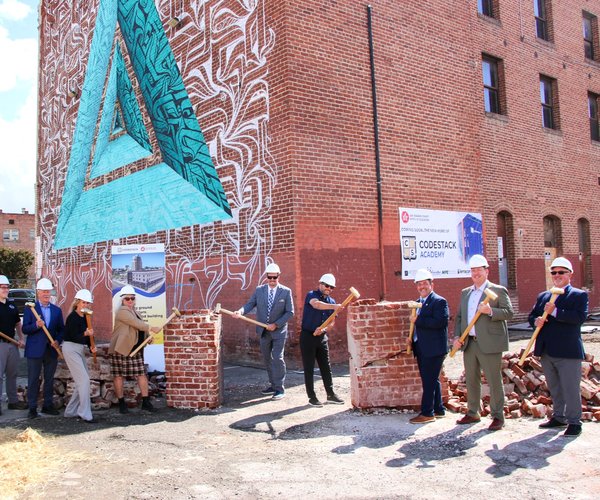The California Department of Fish and Wildlife (CDFW) recently announced the State Wildlife Action Plan (SWAP) 2025 update is complete and can be found on the CDFW SWAP web page. California’s SWAP, which is mandated by Congress and updated at least every 10 years, provides a comprehensive wildlife conservation strategy that is achieved through various conservation projects executed statewide.
Public and Tribal input significantly shaped the plan. In March 2025, the SWAP Team held two public webinars, four conservation partner meetings, and two inter-Tribal listening sessions. In conjunction with these meetings, a public draft review generated over 160 comments from nearly 20 organizations, Tribes, and the public.
Since 2005, CDFW and partners have implemented SWAP conservation strategies with funding support from the U.S. Fish and Wildlife’s State Wildlife Grant (SWG) program, which has awarded CDFW with nearly $71 million since 2000. This year marks the SWG program’s 25th anniversary.
CDFW uses SWG funds to develop and implement its SWAP and to support wildlife conservation projects across the state. Funded projects must support strategies outlined under SWAP, whether it’s to benefit a species or to implement a SWAP goal or conservation strategy. This funding is critical to species that aren’t protected and non-game species that often lack adequate funding sources.
Conservation efforts benefitting from SWAP and SWG funding include the White-Nose Syndrome Response Project, established to monitor California’s bat population for the deadly disease that could wipe out entire colonies of these small mammals; bats play a critical role in protecting agricultural lands from pests. Another SWG funded project has successfully established a new population of Unarmored Threespine Stickleback fish in Southern California; this unique species’ range has been significantly reduced due to human development. These and other conservation highlights can be found on CDFW’s SWAP web page.
At its heart, SWAP is a non-regulatory blueprint to conserve California’s fish and wildlife, and their habitats. It combines the latest science and conservation priorities with recommended actions and tools. SWAP 2025 includes updated information on the current health of California’s fish, wildlife and plant resources. Explore SWAP 2025https://wildlife.ca.gov/SWAP/Final to learn about CDFW’s conservation tools, as well as habitat and wildlife monitoring efforts.
Questions about SWAP can be directed to the CDFW SWAP Team at SWAP@wildlife.ca.gov.
